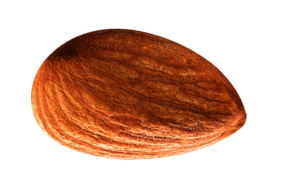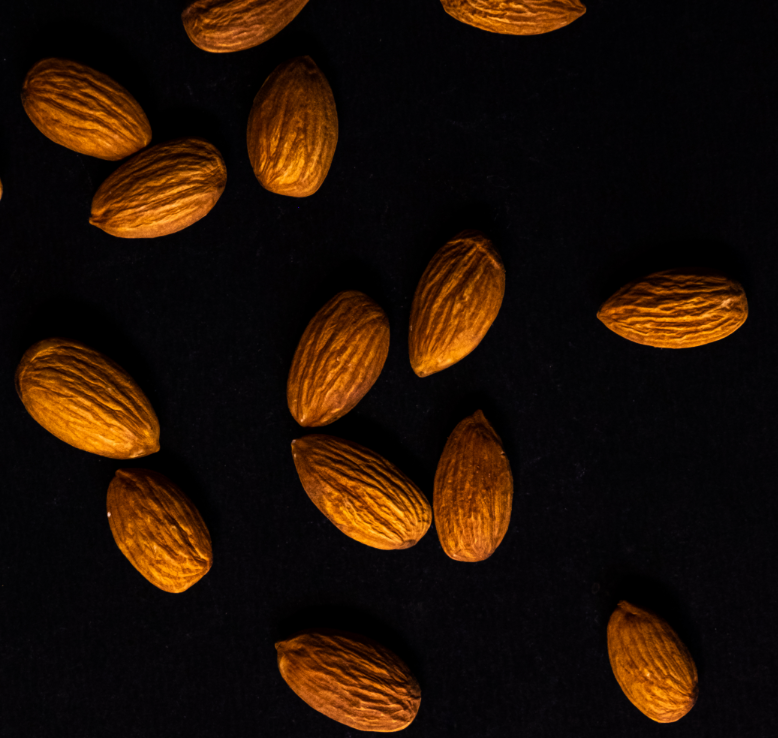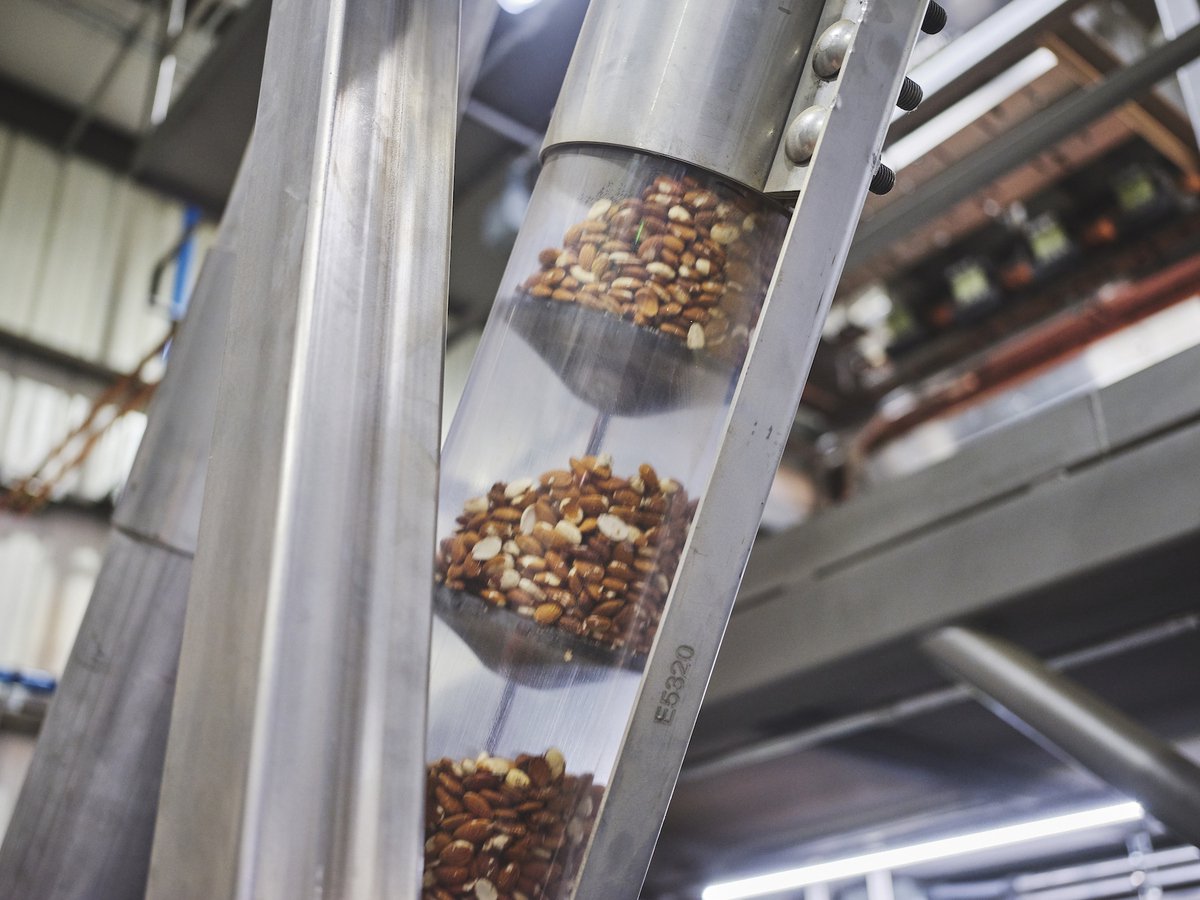










October 2024 Position Report


The October Position Report was released November 12th, providing some more insight into the dynamics that are driving the supply and demand of the 2024 crop.
Year-to-date crop receipts now total 1.85 billion pounds. This is a 38.3% increase when compared to total receipts through October of last year. The 1.85 billion pounds received in the first three months of a season is definitely a substantial number, but that doesn’t necessarily mean that the 2024 crop will be larger than expected. At this point in the season, total receipts are driven more by the timing of harvest and huller processing rates than they are by actual crop size. The next two position reports will give us a better indication of actual crop size as hullers start to finish their processing season.
As the season progresses, we are seeing the industry’s inedible percentage continue to increase. The weighted average now sits at 3.07% inedible with roughly two thirds of the estimated crop being graded by the USDA. This is in-line with what we are seeing at our own facility. The early varieties were fairly clean at the start of the season, but as we got into the pollinator varieties the inedible damage started to climb. Overall, the industry is still in a better spot than last year, but there’s still a lot of reject product that will need to be sorted out to maximize the crop’s value.
Total shipments for the month were 258.4 million pounds, this is an increase of 4.5% when compared to last year. Export shipments came to 191.0 million pounds, which is up 0.3% from last year. Domestic shipments landed at 67.4 million pounds, up 18.2% from last year.
New sales for the month were 264.7 million pounds compared to 250.7 million pounds sold at this time last year. The industry’s overall sold position is 40.5% compared to a sold position of 42.4% last year. Demand is expected to remain steady in the near term, sales should continue at a moderate rate post-report.
The market usually takes a few days to digest all the information in these reports and how it will impact pricing going forward. Overall, the report was positive for California growers and processors. The strong sales and shipping numbers show that the industry is committed to keeping product moving throughout the season so that the carryout remains at a manageable level. Kernel prices may see some slight increases, but they are expected to remain relatively flat until we get a better idea of the actual crop size in 1-2 months. As for inshell, the market has been depressed throughout the early part of the 2024 season. Inshell prices have been below kernel values for the last few months. This was due to India purchasing most of the product needed for the Diwali holiday from the 2023 crop, leaving little demand for early 2024 inshell. Over the last week we have seen demand from India start to ramp up now that they have worked through their old crop inventories. With this renewed demand, we are starting to see inshell prices rise. The inshell values are starting to get back to kernel levels. If the demand remains strong, we could see an inshell premium return in the near future. The Harris Woolf team will continue to monitor the market conditions daily.
